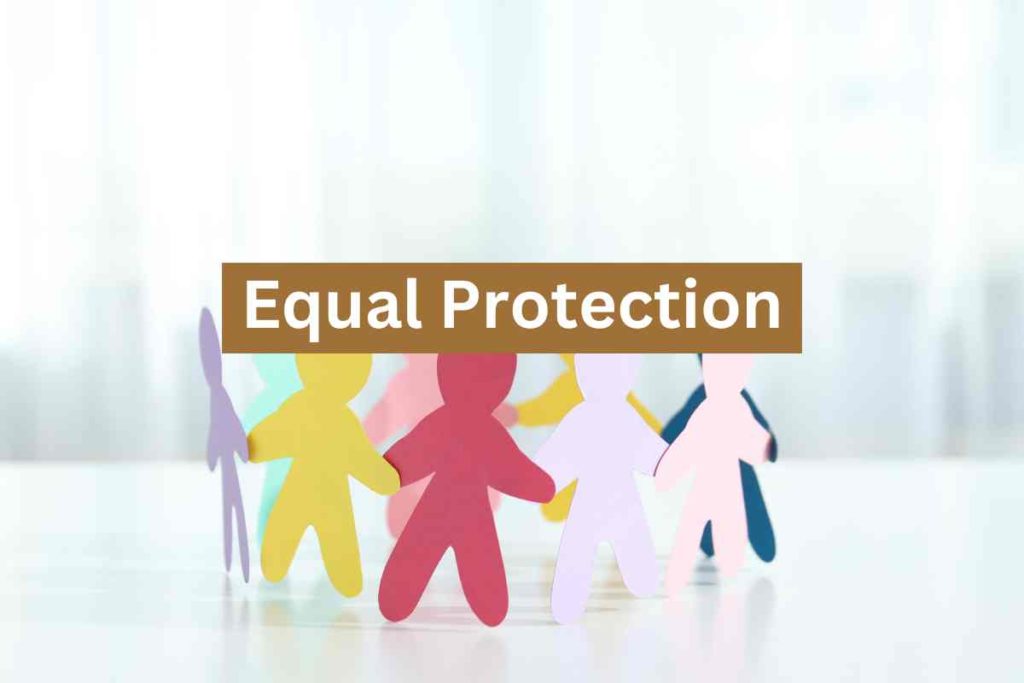The principle of equal protection under the law is a cornerstone of the United States Constitution. Enshrined in the 14th Amendment, this fundamental right has significantly shaped American society and its legal system. This blog post will provide an in-depth understanding of equal protection, its historical context, its role in constitutional law, and the landmark cases that have defined its scope and impact. By exploring this essential principle, we aim to help you better appreciate how equal protection has shaped the United States and continues to influence current legal debates.
I. The Origins of Equal Protection
A. The 14th Amendment and the Reconstruction Era
- The adoption of the 14th Amendment in 1868
- The Amendment’s three main clauses: Citizenship, Due Process, and Equal Protection
- The historical context: the post-Civil War period and the need for constitutional protection for newly freed slaves
B. The Evolution of the Equal Protection Doctrine
- Early interpretations: the Slaughterhouse Cases and the Civil Rights Cases
- The development of the “separate but equal” doctrine: Plessy v. Ferguson
- The modern approach to equal protection: Brown v. Board of Education and Beyond
II. The Scope and Application of Equal Protection
A. The Protected Classes
- Race and ethnicity
- Gender
- Sexual Orientation and gender identity
- Disability
- Age
B. Standards of Review
- Rational basis review
- Intermediate scrutiny
- Strict scrutiny
C. Affirmative Action and Equality
- The concept of affirmative action
- Critical cases: Regents of the University of California v. Bakke, Grutter v. Bollinger, and Fisher v. University of Texas
III. Landmark Equal Protection Cases
A. Brown v. Board of Education (1954)
- The end of the “separate but equal” doctrine
- The Impact on Education and the Civil Rights Movement
B. Loving v. Virginia (1967)
- The invalidation of laws prohibiting interracial marriage
- The recognition of marriage as a fundamental right
C. United States v. Virginia (1996)
- The importance of gender equality
- The application of intermediate scrutiny to gender-based classifications
D. Obergefell v. Hodges (2015)
- The extension of marriage rights to same-sex couples
- The role of equal protection in the decision
IV. The Future of Equal Protection
A. The Continuing Struggle for Equality
- The ongoing fight for racial justice
- The impact of gerrymandering on equal protection claims
- The debate over transgender rights and protections
B. Potential Constitutional Amendments
- The proposed Equal Rights Amendment
- Other possible amendments to further protect the rights of marginalized groups
Conclusion
Equal protection is a vital principle that has shaped American society and constitutional law. As we’ve explored, the concept has evolved significantly since its inclusion in the 14th Amendment, playing a pivotal role in landmark cases impacting American life. By understanding the history, scope, and application of equal protection, we can better appreciate its role in pursuing justice and equality in the United States. As the nation continues to evolve and tackle new challenges, the principle of equal protection will remain a critical guidepost in the ongoing struggle for a more just and inclusive society.
